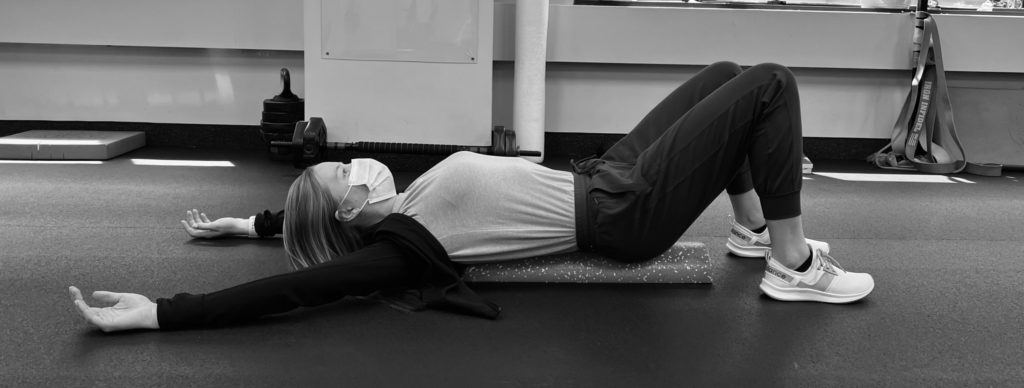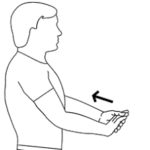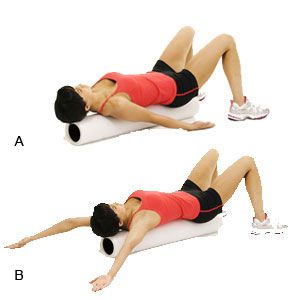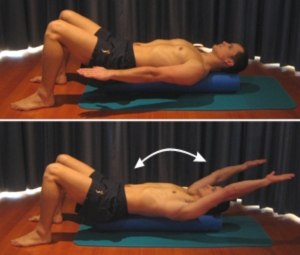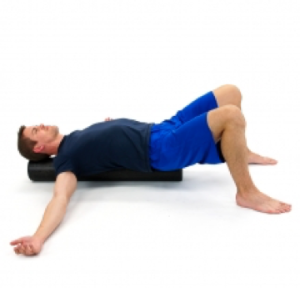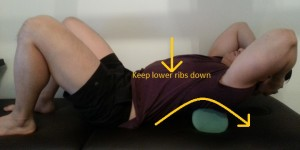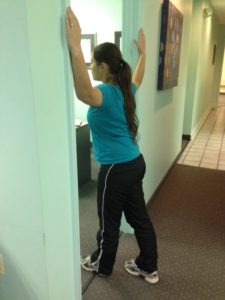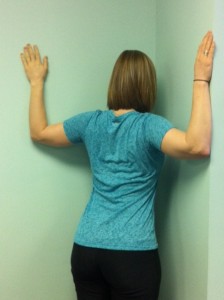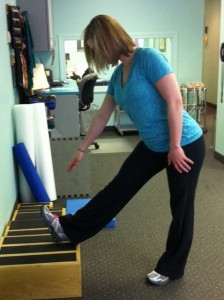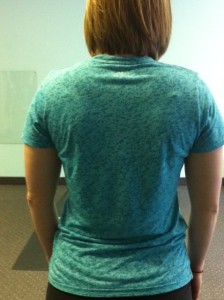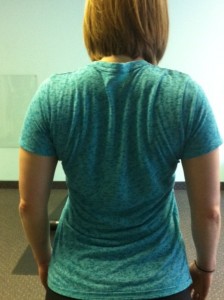Upper Cross Syndrome (UCS) is defined as a phenomenon that occurs as a result of muscle imbalance between your neck and shoulder muscles. UCS is the result of weak deep neck flexor muscles and mid back muscles as well as tight upper trap muscles and tight chest muscles. UCS often results in a rounded shoulder and forward head posture. UCS is fixed by strengthening the weak musculature and lengthening or stretching the tight musculature. Specifically, stretching out the pectorals, upper traps, and levator scapula muscles while also strengthening the deep neck flexors, lower traps, and serratus anterior muscles. Tools such as foam rollers and manual stretching may aid in lengthening the necessary musculature, while exercises such as chin tucks, serratus punches, and prone Ys may assist in strengthening the necessary muscles.
